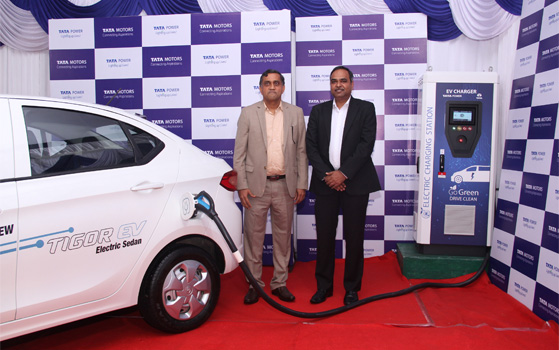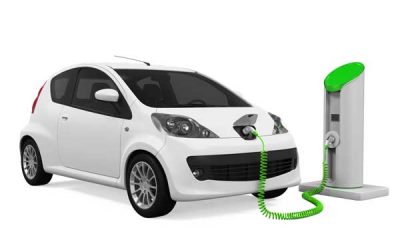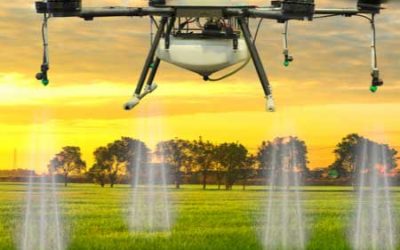
LtoR – Ramesh Subramanyam, CFO & President – New Biz, TPL and Shailesh Chandra, President – Electric Mobility Business & Corporate Strategy. (Image: Tata Motors)
Within days after the government cut GST rates on EV charging stations to 5% from 18% earlier, Tata Power and Tata Motors have announced their partnership to install 300 fast charging stations by the end of the FY20, across key five cities namely Mumbai, Delhi, Pune, Bangalore and Hyderabad. The two companies inaugurated their first seven charging stations in Pune, to enable the e-mobility drive in the city. Over the next two months, 45 more chargers will be installed across the other four cities. These chargers will be installed at Tata Motors dealerships, certain Tata Group retail outlets and other public locations.
The new GST rates on EV charging came into effect from 1 Aug 2019.
The chargers will be operated by Tata Power and will adhere to Bharat Standard (15 kW) for the initial 50 chargers. Going forward, there will also be charging stations that will adhere to 30-50 kW DC CCS2 Standard. These chargers can be accessed by any electric vehicle user, having cars compatible to the above charging standards. Tata Power and Tata Motors have jointly developed an attractive charging tariff for Tata Motors EV customers.
Speaking at the occasion, Praveer Sinha, MD & CEO Tata Power, said, “We are committed to making India EV ready in line with the Government’s ambition of providing green technology solutions and Tata Group’s vision of reducing India’s carbon footprint. Our aim is to make EV Charging as fast and easy as possible for all Indians and we are very pleased to partner with Tata Motors, with whom we jointly identified high priority locations which could be preferred by the potential EV owners.”
Commenting on the collaboration, Guenter Butschek, CEO & MD Tata Motors Ltd., said, “We are happy to partner with Tata Power for taking the first step in developing ubiquitous EV charging infrastructure in India. This partnership is an important milestone in our journey to offer complete ecosystem solutions and offer peace of mind to our customers. We remain committed to the sustainable mobility mission and will continue to work towards bringing aspirational e-mobility solutions for the customers, leading the drive towards faster adoption of electric vehicles in the country.”
Tata Power’s current EV infrastructure presence in Mumbai is 42 charging points and its mobility infrastructure footprint is in multiple cities including Hyderabad, Bangalore and Delhi with a total of 85 charging points set up across various usage scenarios. The company has signed landmark MoUs for setting up commercial scale EV charging stations at HPCL, IOCL, and IGL retail outlets. The company also partnered with Tata Motors earlier to support Maharashtra Government’s vision of promoting e-mobility in the State by setting up public EV charging stations.
As an introductory offer, Tata Motors EV Customers can avail free charging for the next three months.














0 Comments